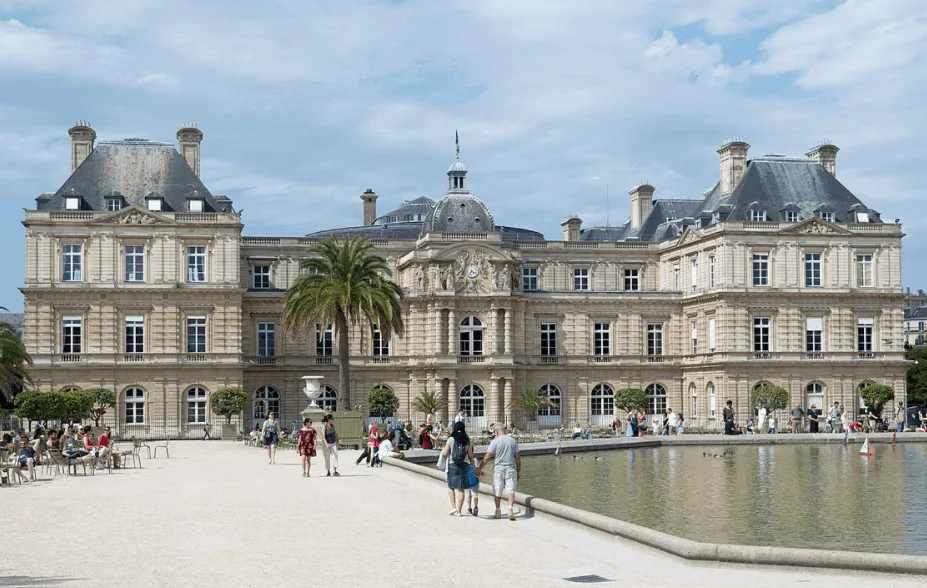One of the most amazing palaces in Europe can be found in the city of Paris.
In this post, you’ll discover the ultimate list of interesting facts about Luxembourg Palace, an incredible palace in France.
1. The palace is located just south of the historical center of Paris
Paris is a magnificent city and the wonderful Luxembourg Palace can be found right in the heart of it. It’s located just to the southwest of the Île de France, the iconic river island in the Seine River which is home to famous churches such as the Notre Dame Cathedral and the Sainte Chapelle.
Just to the southwest, we can also find the Tour Montparnasse, one of the most peculiar and remarkable skyscrapers in the world.
The address of the palace is 15, Rue de Vaugirard, in the 6th arrondissement of the city. With a length of 4.3 kilometers (2.7 miles), this is the longest street within the historic city walls of Paris!
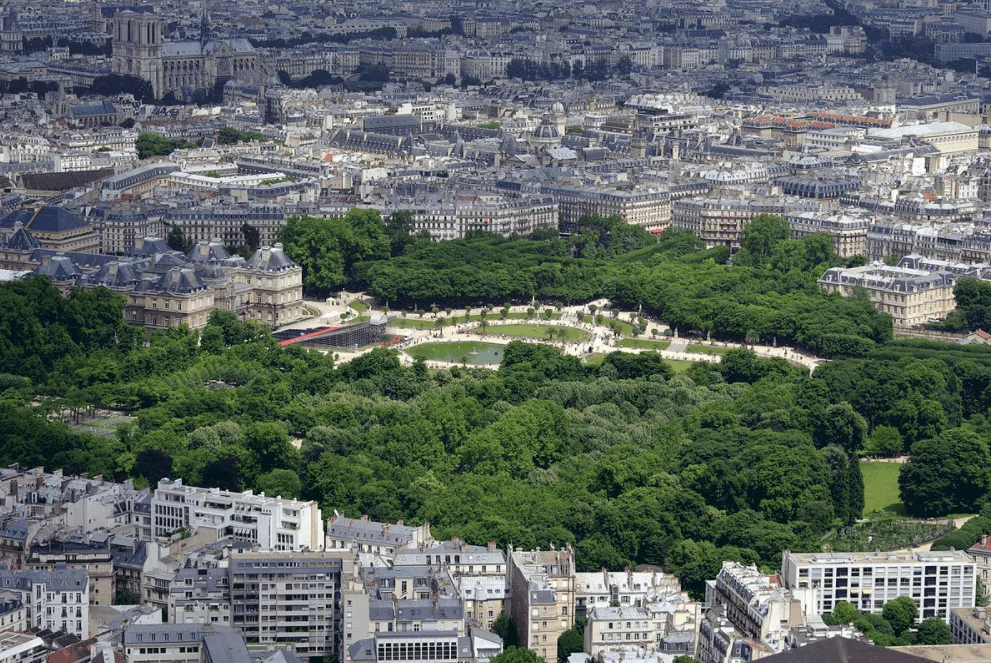
2. It was built by the Queen of France in the 17th century
The palace was commissioned by a woman named Marie de’ Medici, the wife of the King of France. She became regent to her son Louis XIII who was born in 1601 and who was only 9 years old at the time his father passed away.
The construction of the palace and its magnificent garden started in 1615 after she had purchased the land in the year 1612. It would eventually take 30 years for the project to be completed in the year 1645.

3. It’s surrounded by a 23-hectare magnificent garden
One of the most fascinating facts about Luxembourg Palace is that it’s one of the most amazing gardens you’ll ever come across called the “Jardin de Luxembourg,” or “Luxembourg Garden.”
This immense garden consists of lawns, flowerbeds, large promenades with trees, sculptures; and a monumental fountain referred to as the “Medici Fountain,” named after the woman who built it.

The garden is also occupied by multiple large basins of water and is one of the most popular places in Paris to hang out with children who can play with model sailboats in the water!

4. The palace was modeled after a famous palace in Italy
One of the most fascinating facts about Luxembourg palace is that it was modeled after the palace that Marie de’ Medici, the Queen of France, was born. This palace is called the Palazzo Pitti and is located in her home city of Florence, the capital of the Tuscany Region in central Italy.
She sent out architects to make drawings of the Pitti Palace so the main architect of the project, French architect Salomon de Brosse, could create her residence.
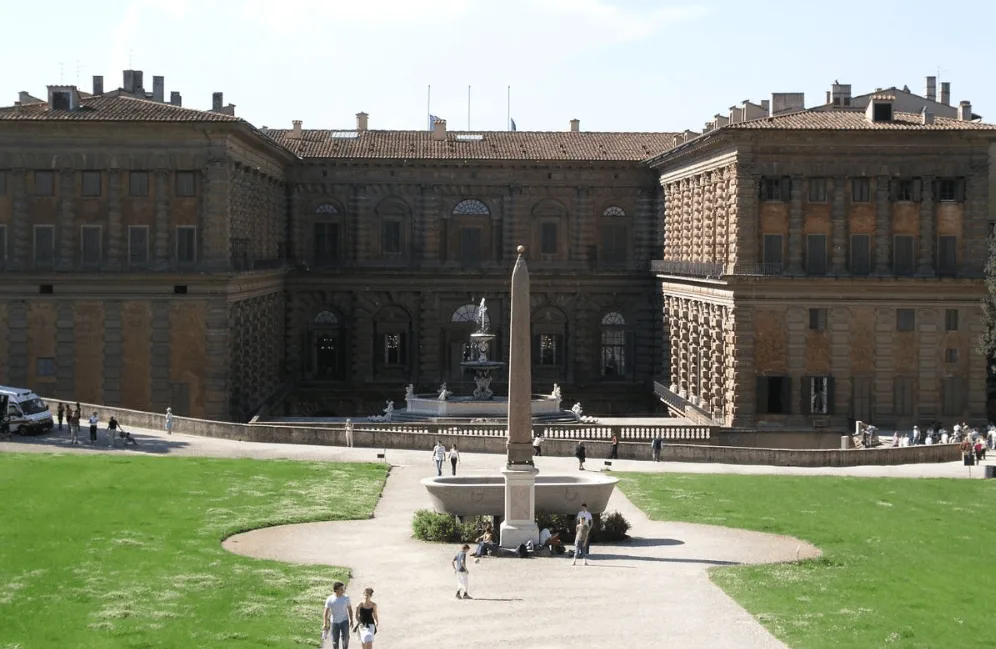
5. The Luxembourg Palace originally had a different name
The palace was built across a French townhouse referred to as a “hôtel particulier” which was owned by François de Luxembourg, Duc de Piney. This building is now referred to as the “Petit Luxembourg” and today serves as the residence of the president of the French Senate.
Initially, the palace was named the “Palais Médicis” by the Queen of France in reference to her name. When she passed away, she bequeathed the palace to her favorite son, Gaston, Duc d’Orléans, who renamed it the “Palais d’Orléans.”
The palace was eventually named after its location, the hill which was referred to as the “Mons Lucotitius” by the Ancient Romans and which translates to “Luxembourg Hill.”

6. Only a few elements of the original interior remain today
After an initial construction period of about 10 years, the Queen of France finally moved into the partially finished palace. She spent a lot of time on the interior design of the palace.
Remarkably, nothing remains of the original interior design of the palace remains today except some elements in one of the most magnificent rooms in the entire building, the ceiling of the “Salle du Livre d’Or.”

7. A famous Flemish artist had his own gallery in the palace
In 1622, Marie de’ Medici awarded a massive contract to one of the most famous Baroque Painters at the time, the Flemish painter Peter Paul Rubens. He created a total of 24 paintings that depict various stages of the life of the Queen of France.
They originally hung in the “Galerie de Rubens” which was located on the main floor of the western wing of the palace. These paintings are now one of the major attractions at the Louvre Museum and hang in the “Galerie Medici’s” in the museum’s Flemish paintings department.

8. The “Messalina of France” once lived in the palace
After the death of Marie’s son Gaston, the property passed first to his widow, Marguerite de Lorraine, and then to his eldest daughter from his first marriage, Anne, Duchesse de Montpensier, also known as “La Grande Mademoiselle.”
The Great Misses ended up selling the palace to her half-sister, Élisabeth Marguerite d’Orléans, Duchesse de Guise, and it eventually became the Sun King who built the Palace of Versailles, Louis XIV.
The most infamous resident of the palace was Marie Louise Élisabeth d’Orléans, who lived here from 1715 until shortly before her death in 1719. She has been referred to as the “Messalina of France” because of her remarkable sexual appetite and promiscuous nature.
During this period, the palace was the scene of numerous extravagant parties in which she dressed up as Venus or Diana and consumed copious amounts of liquor, followed by numerous acts that weren’t exactly appreciated by the royal family at the time.
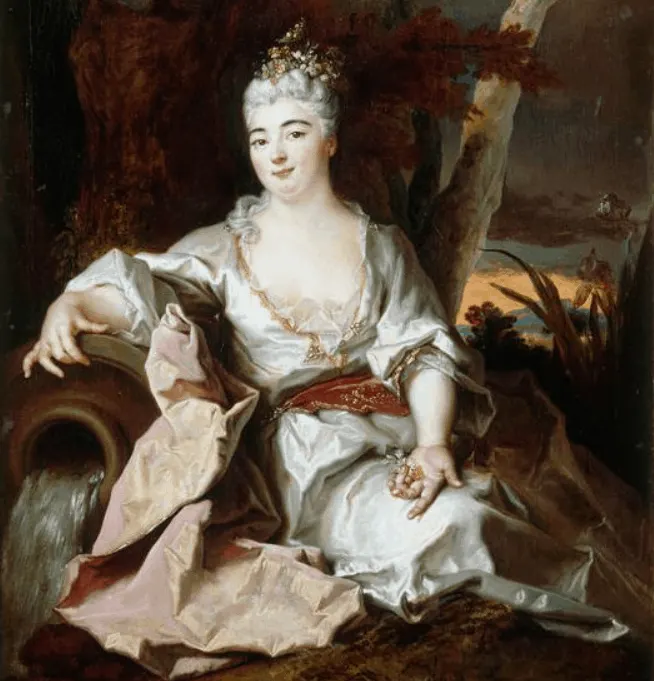
9. The palace once was the predecessor of the Louvre Museum
One of the most interesting facts about Luxembourg Palace is that it became a museum as early as 1750. It was open to the public two days a week until the year 1779, which is 14 years before parts of the Louvre were opened to the public as well.
The museum was originally located on the opposite wing (the east wing) of the palace’s Rubens Gallery but moved to the building that originally served as the Orangery in 1884.
The building has been used as an exhibition center by the French Ministry of Culture and the French Senate since 2000 and serves as a location for temporary art exhibitions.
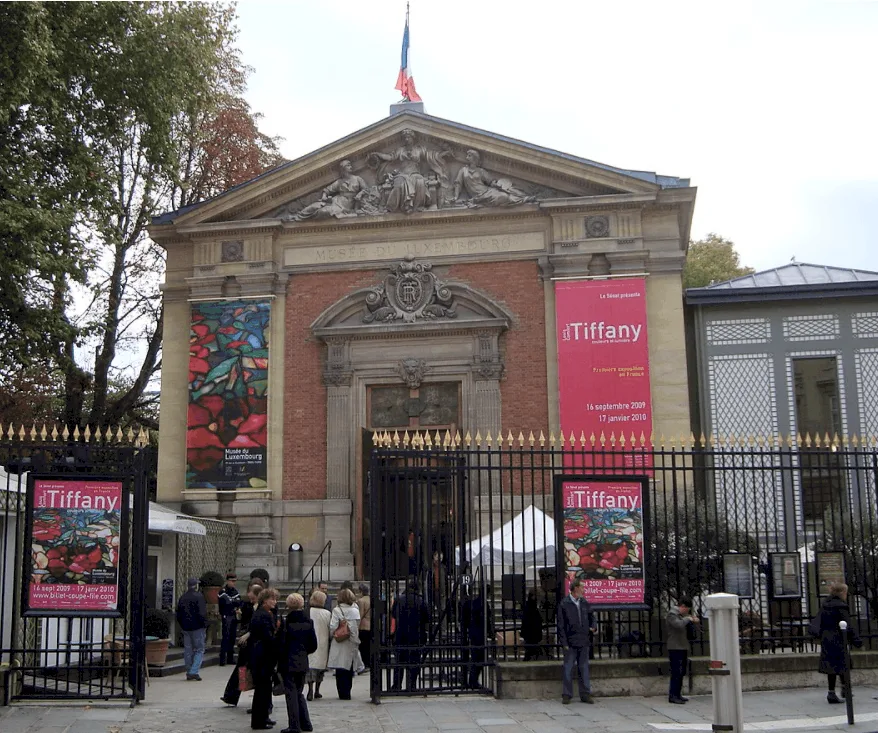
10. It has various functions during the French Revolution
The French Revolution broke out in 1789 and the palace was used for various purposes in this period. It was initially used as a prison and as the official seat of the French Directory until this temporary government was overthrown by Napoleon Bonaparte in 1799.
After this event, it served both as the home of the Sénat conservateur, an advisory body that was established in 1799, and the residence of Napoleon Bonaparte who was the first consul of the French Republic.
One of the most amazing facts about the Luxembourg palace is that the Pitti Palace in Florence also served as the residence of Napoleon Bonaparte during his occupation of Italy!
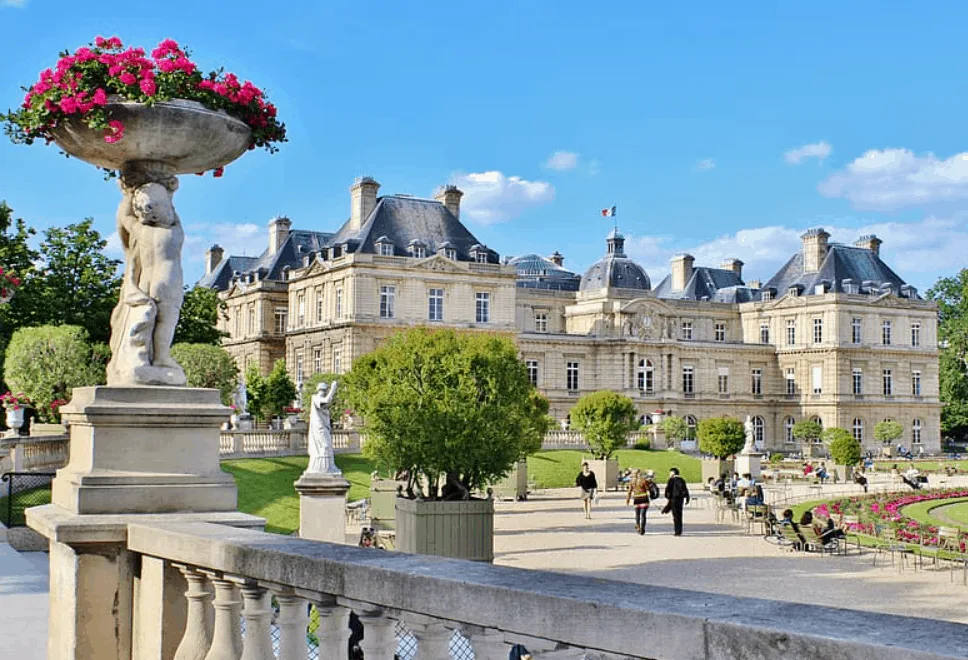
11. It took 6 years to transform the palace into a legislative building
After the French Revolution, the building was transformed from a palace into a legislative building as it was solely to be used by the French government. French architect Jean Chalgrin completely redesigned the building for this purpose and the construction took place between 1799 and 1806.
The grand central staircase (escalier d’honneur) and Marie de Médicis’ chapel were completely removed so the first floor could be used as the senate chamber.

12. A completely new wing was added in the 19th century
The palace was expanded once more starting in 1835 and included a new wing. This addition included a library, a renovation of the old Senate Room, and a reception room.
The additional wing was built parallel with the old façade and in such a way that it’s virtually impossible to distinguish the original wing and the new addition.
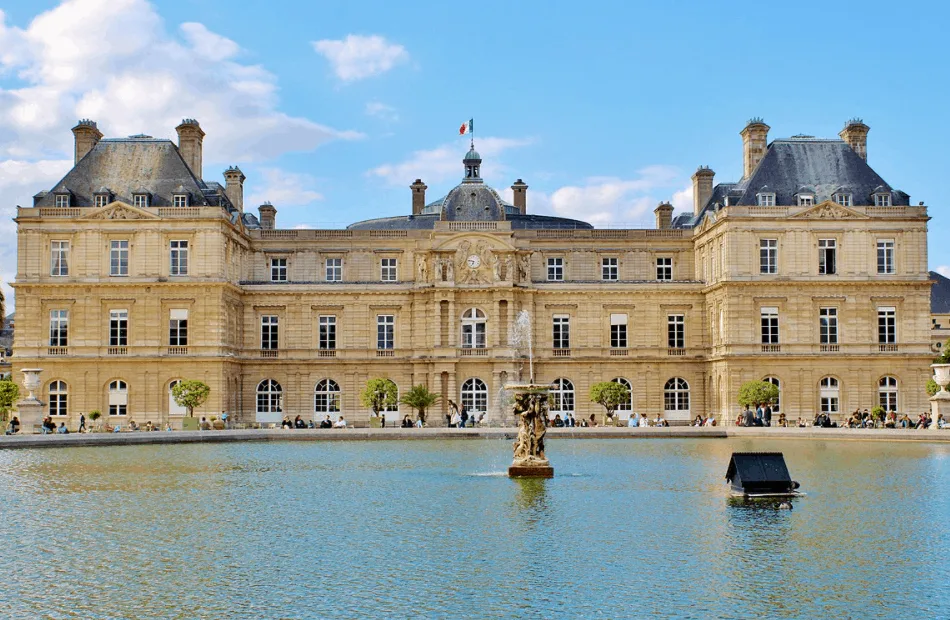
13. The fabulous “Salle des Conférences” was inspired by a room at the Louvre
One of the most amazing additions to the palace was the “Salle des Conférences” which was built at the request of Emperor Napoleon III.
This fabulous room was inspired by the Galerie d’Apollon at the Louvre Museum and formed the inspiration for other rooms in famous buildings in Paris, including the interior of the Palais Garnier.

14. Two Nazi luxury addicts occupied some rooms in the palace during WWII
Some Nazis enjoyed bathing in luxury during World War II, and the most prominent example of this behavior was Hermann Göring, the head of the Luftwaffe. He and his crony, Luftwaffe Field Marshal Hugo Sperrle, made the palace their residence during the occupation of Paris between 1940 and 1944.
because of the fact that Commanding General Dietrich von Choltitz gave the command to surrender in August 1944, the palace only suffered minor damage.
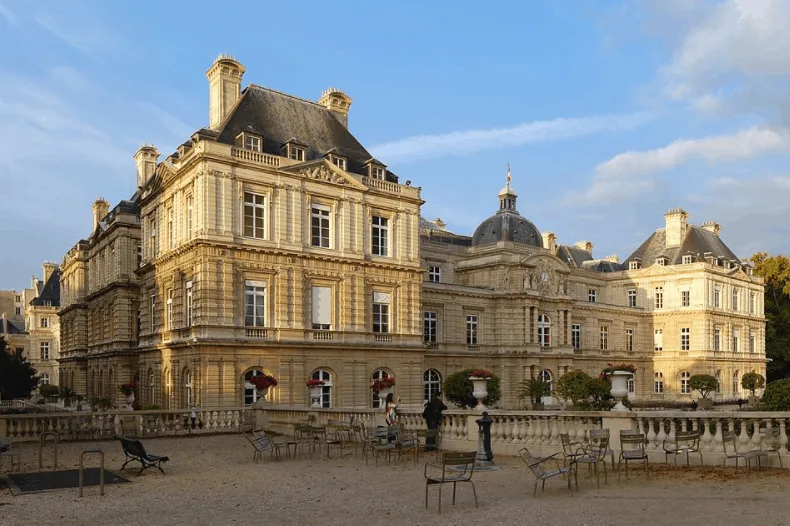
15. It has been an important French Government building since 1958
The palace served a very important role shortly after World War II, because it was the venue for the Paris Peace Conference which lasted from July 29, 1946, until October 15 of that year.
Ever since 1958, the building has served as the seat of the Senate of the Fifth Republic of France, the current republican system of government of the country!
